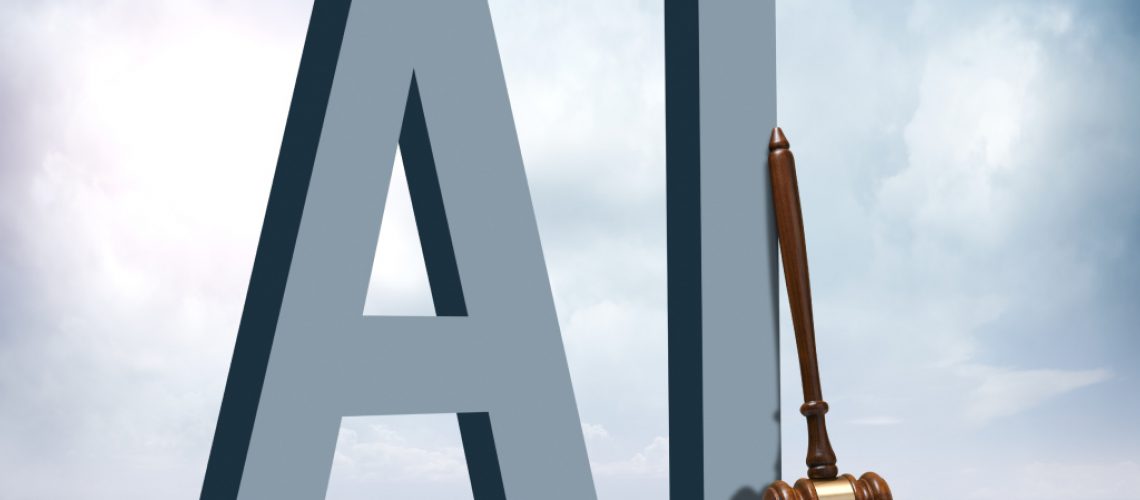Did you know that in 2018, an image created via artificial intelligence was auctioned off for nearly half a million dollars?
Thanks to instances like this, as well as rapid advancements in the field of artificial Intelligence, AI has become a highly popularized topic of discussion. This is especially true in regard to artificial intelligence and copyright. While there is not much we know about the future of this innovative new technology, what we can do is look at the current status of AI in the eyes of copyright law. In particular, what is the relationship between artificial intelligence and human intelligence? How creative is AI? Can AI be regarded as an “artist” and threaten the work of other artists, including photographers? Or is it merely an enrichment tool that should be treated no differently than a camera or a paintbrush?
- Overview of all Topics:
- The "Edmond de Belamy" Portrait
- Artificial intelligence and Copyright: Can AI Be the Author?
- Can AI Art Be Attributed to Humans?
- Caution: AI Works Can Also Infringe on Copyrights!
- What Does AI Mean for Photographers?
- How Smart Are Artificial Intelligence Features in Photography?
- Conclusion: AI Allows Freedom of Design
What Is Artificial Intelligence?
Artificial intelligence aims to provide computers with information in a way that allows them to work on problems independently and to learn independently. There are already numerous fields of application for artificial intelligence being used today and AI has even been successfully used to create art! Some notable example of AI created work include a song that sounds like it could have been produced by the Beatles, a sequel to the Game of Thrones-novels and the Harry Potter-series, and even a painting that has similarities to the works of Rembrandt.
While the topic itself has many complexities, understanding the basics of artificial intelligence can be explained quite simply. In order to make machine learning possible, AI is provided with so called “training data”. Depending on the desired results, the artificial intelligence is “fed” with images, songs, literature, etc., that all serve as examples for the AI’s algorithm to analyze and use as a basis for independent learning.
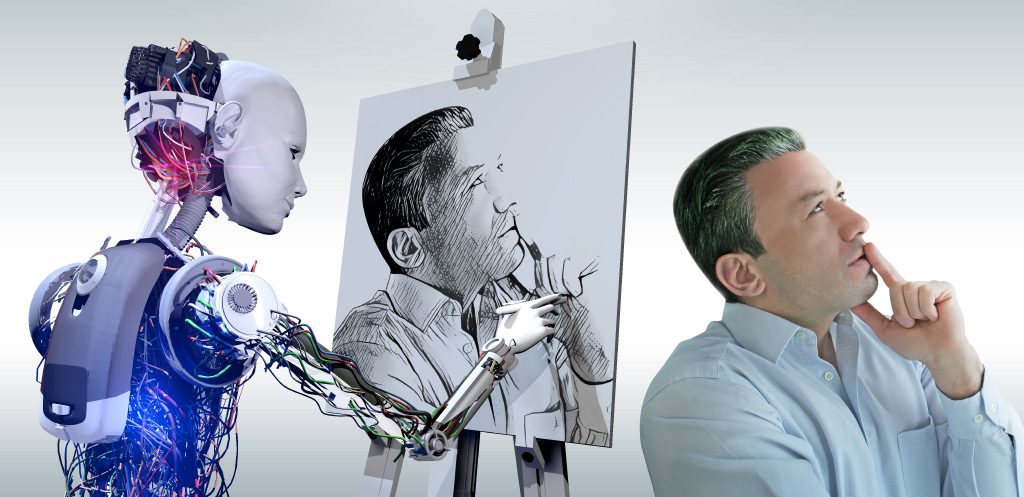
The "Edmond de Belamy" Portrait
The “Edward de Belamy” portrait (the example mentioned at the start of this article) refers to a portrait that was created entirely via artificial intelligence in 2018. The creation caused quite a stir when it was auctioned off for a mind-blowing $432,500 (USD). The algorithm used by the AI to create the work was developed by a then 19-year-old Robbie Barrat. After developing the algorithm, Barrat made it readily available for use via an open source license.
A Paris based artist collective known as “Obvious” got hold of the algorithm and proceeded to use Barrat’s algorithm to create a portrait called “Edmond de Belamy”. To create their desired outcome, “Obvious” fed the algorithm approximately 15,000 historical paintings to analyze before beginning the creation process. On October 25, 2018, the portrait was auctioned by the New York auction house, Christies, for the astonishing $432,500 price tag mentioned earlier. This marked the first major work created through artificial intelligence in history to be auctioned off by an auction house.
Once news of this incident reached Robbie Barrat, he took to Twitter to voice his outrage:
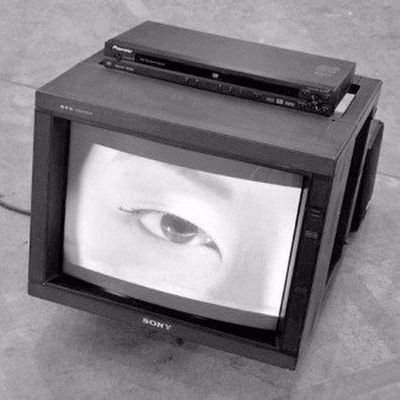
right: outputs from a neural network I trained and put online *over a year ago*.
Does anyone else care about this? Am I crazy for thinking that they really just used my network and are selling the results?
To explain his annoyance, Barrat compared the auctioned portrait with other portraits that were created as a result of his algorithm that were made public online over a year earlier. There were undoubtedly many similarities in style between “Edmond de Belamy” and the examples posted by Barrat.
Artificial Intelligence and Copyright: Can AI Be the Author?
After looking into the example above, it becomes clear that deciphering between topics relating to artificial intelligence and copyright is no easy task. The first major open-ended question that comes to mind is, under copyright law, who is the author of “Edmond de Belamy”? Is Robbie Barrat the author because he was responsible for developing the software that created the portrait? Is it actually the artist collective “Obvious” for coming up with the idea to feed the algorithm 15,000 portraits? Could it even be that the AI itself, a non-living program, is actually the owner of the work? Or is it that, since the portrait was created through artificial intelligence, no one can claim ownership of “Edmond de Belamy”?
In order to find out who can claim ownership of “Edmont de Belamy”, the question of whether or not copyright protection can even be applied at all to works of art, literature, or music created through AI must first be looked into. As it turns out, this proves to be a difficult question to answer. In Section 2 (2) UrhG states of the Copyright Act, it is stated that:
This means that for creations to be protected under the Copyright Act, a certain degree of individuality is required. This is referred to as the so-called level of design and explains that a created work must not appear to be too arbitrary or too common. While there are undoubtedly numerous critics who do not like the works created by AI, there’s no denying that there is a high level of design that goes into many AI derived works.
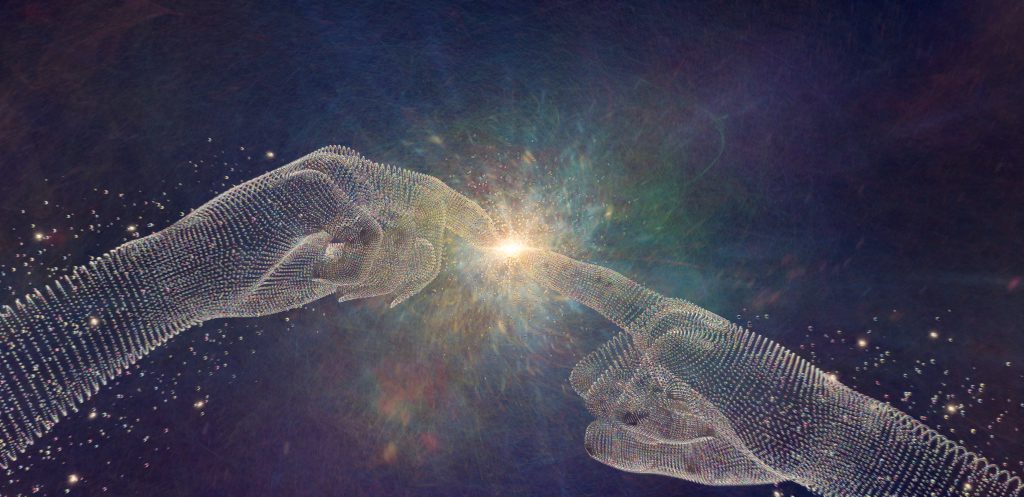
Can AI Art Be Attributed to Humans?
Now that we’ve answered the question of whether or not AI can legally claim ownership of a creation, we are faced with another question – what about the people behind the AI creation? Can they claim ownership as the authors of the resulting work?
In principle, the following applies – even individuals who use technical aids to create a work can be protected by copyright. Examples of this in practice can be related to in the same way that anyone who creates something by using a camera, computers, software or machines, can claim ownership of something they’ve created.
One thing that all of the aforementioned examples have in common is that the person using the tools to create a work have a large degree of control over the actual creation process. This means that they also play a major role in the final outcome of the creation.
In this regard, anything that has been created with the help of technical aids could not have been produced without the direct influence of a human being during the actual creation process. If a work were to be created entirely without human intervention during the creation process (e.g. by pressing a button to run a computer program), copyright protection is ruled out. For copyright protection to be granted, the personal contribution of a human being must be clearly recognizable and must have an impact on the final result of the creation.
In the case of the “Edmond de Belamy” painting, the program was able to learn independently and create the painting. Due to the lack of a human component in the creation, most people have aligned themselves with the copyright principles explained above and believe that the painting is not copyrighted.
That being said, the decision to feed the algorithm with a specific selection of paintings and giving it the task of creating a portrait did come from a human being. In addition, the painting was signed with a line of code and fitted with a hand selected golden frame to house the portrait. This shows that the work was not created entirely by chance. Moreover, the whole AI creation wouldn’t have even been possible without the algorithm that Robbie Barrat himself developed!
Caution: AI Works Can Also Infringe on Copyrights!
Regardless of whether someone owns a certain AI creation or not, anyone thinking about using AI created work should proceed with caution. Under certain circumstances, work created through the use of artificial intelligence can also violate existing copyrights! Such is the case if there is a clear connection between an original work and an AI created work. For example, if the Harry Potter sequel created by AI were made accessible, it could be found guilty of could violating the copyrights of the original.
What Does AI Mean for Photographers?
Even though we’ve primarily focused on the AI’s impact on the creation of art up until now, there’s no doubt that AI will also have an impact on photography as well. For example, it is already possible to have the post-processing of photos completely done by computer programs through the help of artificial intelligence. AI implementations in photography like this could prove to be a practical technical innovation that helps photographers spend less time processing images or even automates the process altogether.
One may ask, doesn’t this lead to an image style that takes away from a photographer’s individuality? Not necessarily, considering AI programs for photography will be able to “learn” a photographer’s personal style and reproduce their specific preferences. Moreover, companies are currently working on developing an approach that enables very finely tuned style individualization variations through AI.
In addition, just because a photographer has incorporated artificial intelligence into their workflow doesn’t mean that there’s no going back. It’s possible to only use AI under specific circumstances only, such as for specific projects. In this way, photographers would be using artificial intelligence as an enhancement tool rather than a crutch, ensuring that human creativity stays intact. That being said however, photographers could easily become dependent on AI if used too generously. If this did become the case, would artificial intelligence still help to further develop the field of photography or would it cause it to stifle? As it turns out, many professional photographers have mixed feelings about this question. A tool developed by the Süddeutschen Zeitung (South Germany Newspaper), which was based on an Oxford study, has looked into how likely computers are to threaten individual occupational groups.
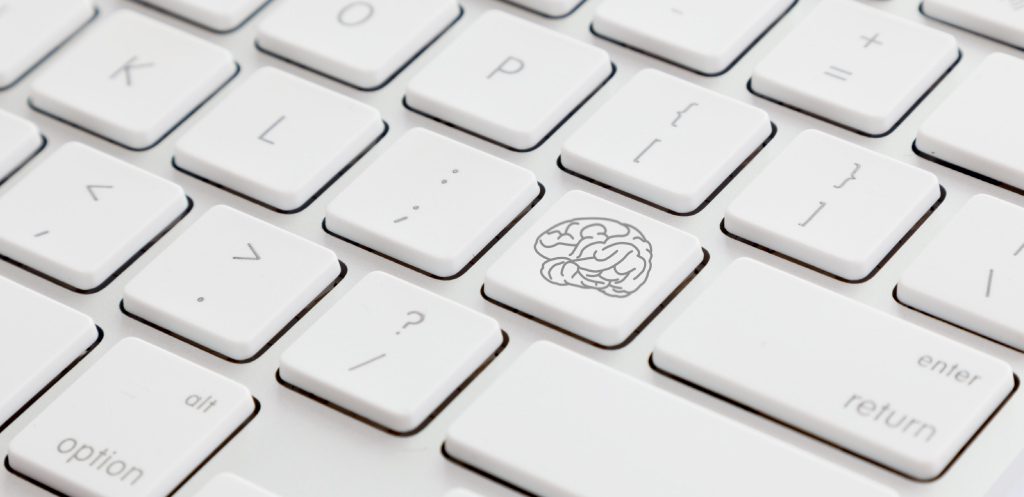
How Smart Are Artificial Intelligence Features in Photography?
Canon Germany, in cooperation with the Gesellschaft für Konsumforschung e.V. (Society for Consumer Research), presented a number of new AI functions at Photokina 2018 in Cologne. At the event, GfK presented a study on the topic of “Artificial Intelligence in Photography”. The study revealed that there is already a high level of acceptance for artificial intelligence in the field of photography and video, as it can greatly simplify the entire production process.
Another finding was that 86 percent of respondents support AI when it makes certain photography processes less monotonous. When surveying photographers in the 30 to 39 age range, the group responded that they would use 92 percent of smart functions, while only 14 percent of photographers in this age range said they would forgo AI entirely. One of the most popular AI-supported photo functions is a feature that recognizes closed eyes and only triggers the shutter when everyone has their eyes open. Automatic facial recognition was another highly anticipated improvement, with the percentage of respondents supporting these types of improvements being somewhere in the neighborhood of 86 percent. Automatic retouching had a fairly low advocacy rate of only 20 percent, while this number jumped to 45 percent in the case of automatic retouching specifically for disturbing images.
Conclusion: AI Allows Freedom of Design
It goes without saying that the future of AI is uncertain and leads to highly emotional discussions. While some people fear artificial intelligence, others welcome it with open arms. In reality, the truth probably lies somewhere in the middle. It very well could be that anyone wishing to benefit from digitalization will be able to do so by linking human and machine intelligence in a constructive and ethical manner.
The controversy surrounding the “Edmond de Belamy” portrait makes it clear that the field of AI and copyright law raises numerous questions about copyright. These questions are still yet to be resolved and the current outlook seems to suggest that this will not change anytime in the near future. The good news is that, as far as photographers are concerned, there’s not much to worry about as this issue is not likely to impact them directly any time soon.
Researchers at the Zukunftsinstitut (Future Institute) rightly point out in their “6 Theses on Artificial Intelligence” that the term “artificial intelligence” is often a source of confusion. This confusion arises because two terms, solving strategic problems, which can be interpreted as intelligence, and consciousness, which enables us to respond to the complexity of the world with creativity, are often both labeled as “intelligence” . While the two seem similar on the surface, there is a clear distinction between feelings, instincts, moods, perceptions, touches, etc. (part of our consciousness) and computers that can drive cars and reserve a seat in a restaurant.
Moreover, artificial intelligence can only be “intelligent” if it is molded by human intention. The fact of the matter is that, in its current state, AI allows us to find ways to automate monotonous, time-consuming work. This is good because it gives creative artists the opportunity to concentrate on what really makes them tick – creativity, of course! When that day comes, however, and AI relieves us of a large portion of our work, we must ask ourselves, “what are we going to do with all our extra free time?”.
Written by Florian Moritz & Dr. Daniela Mohr

